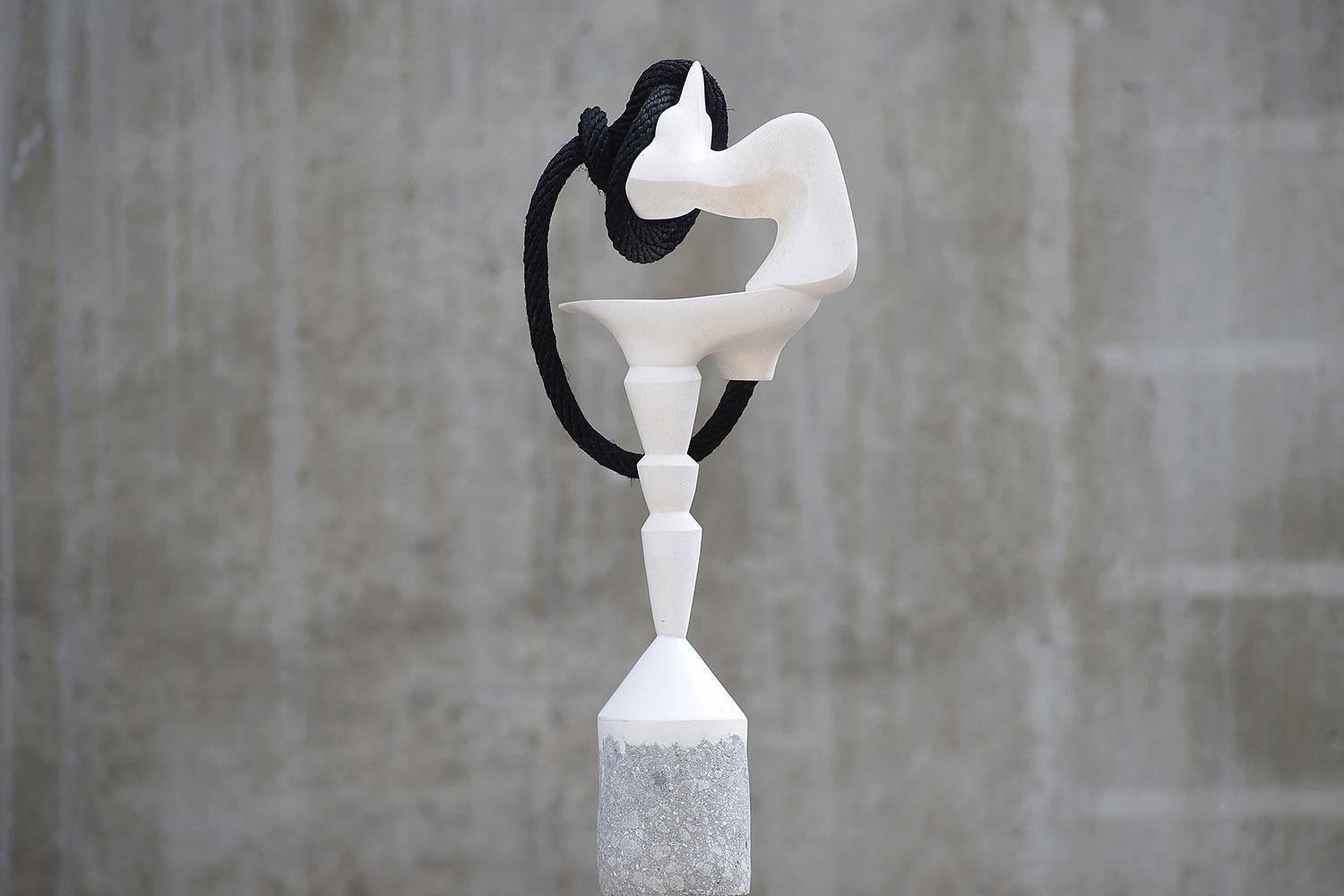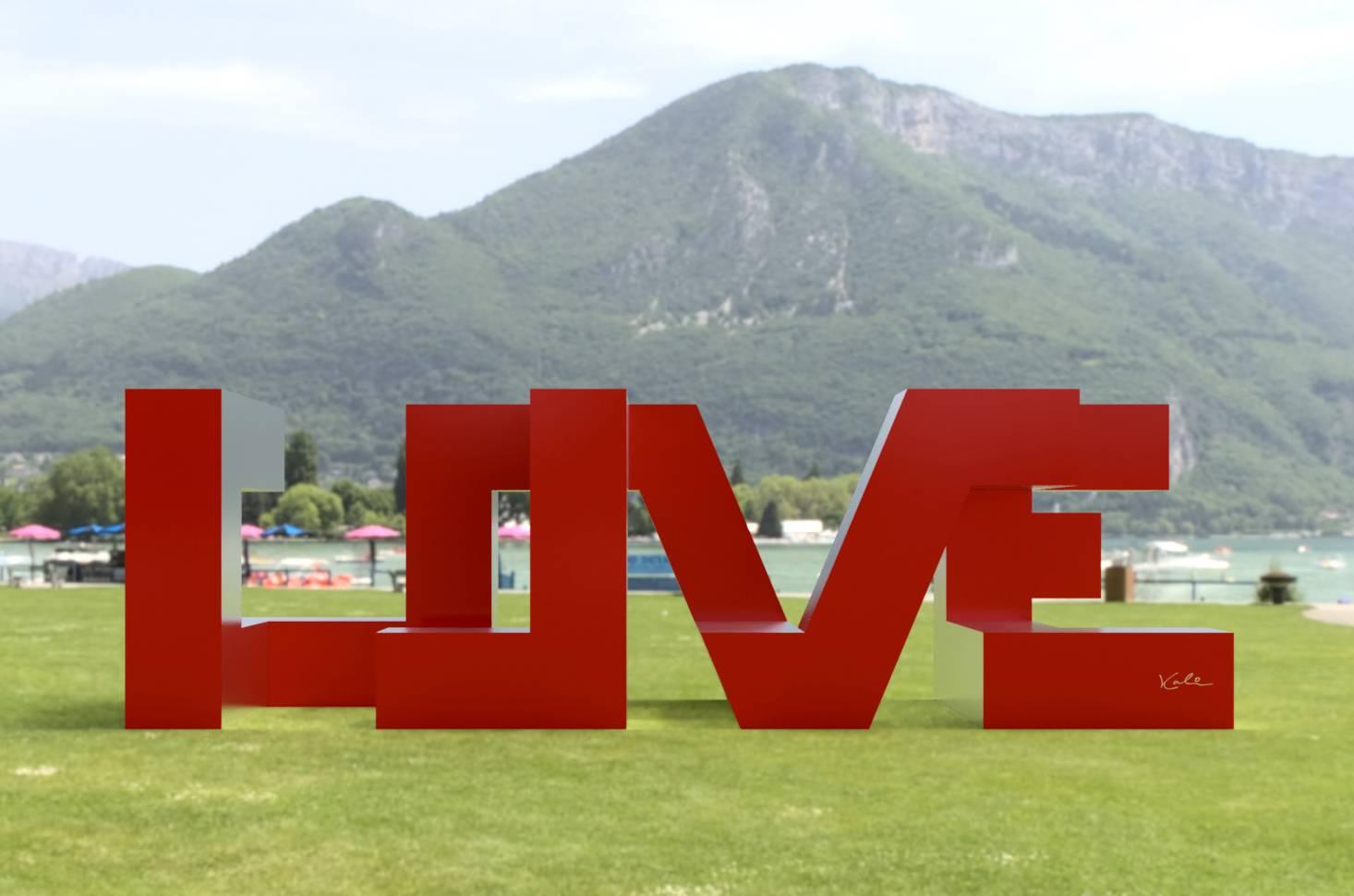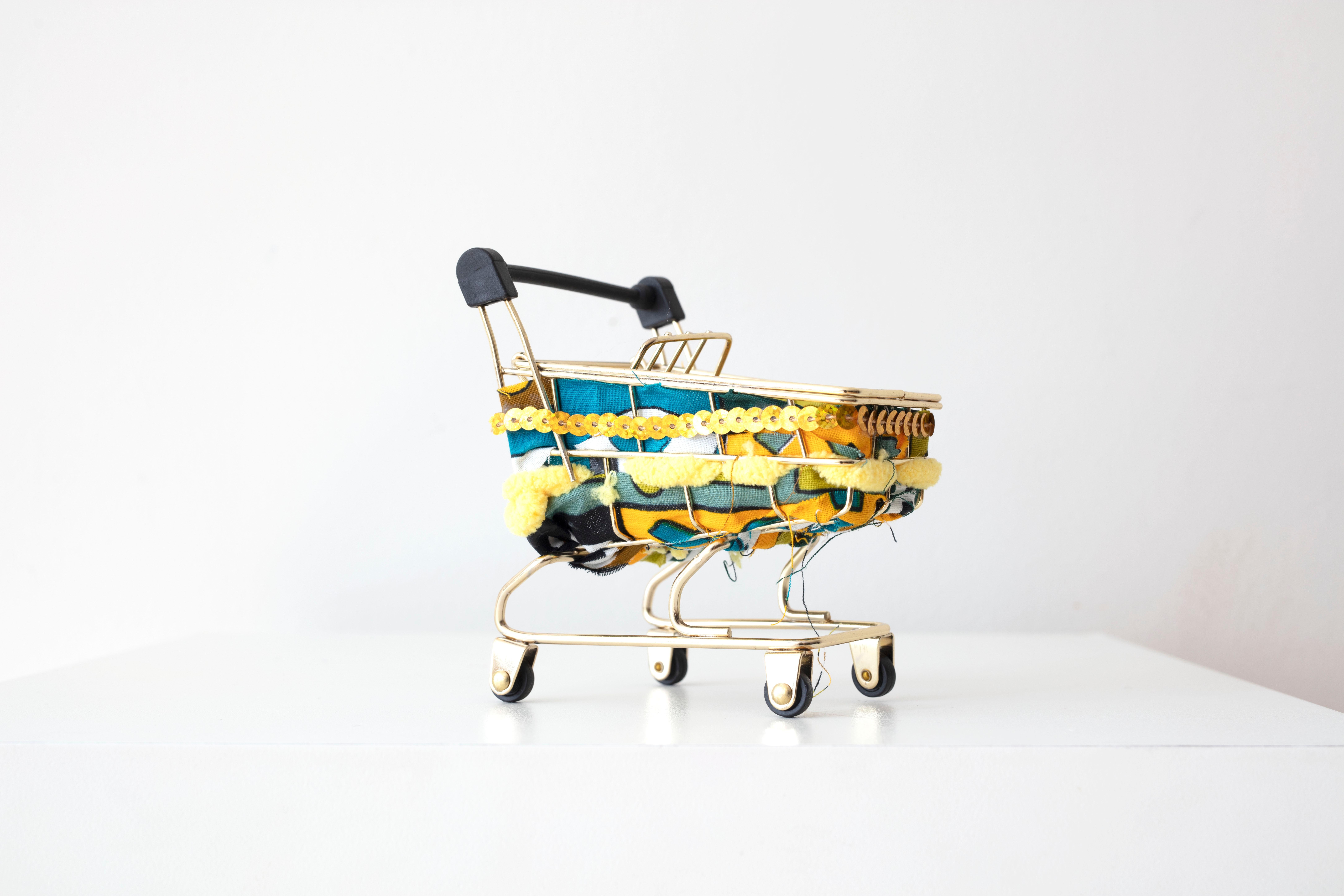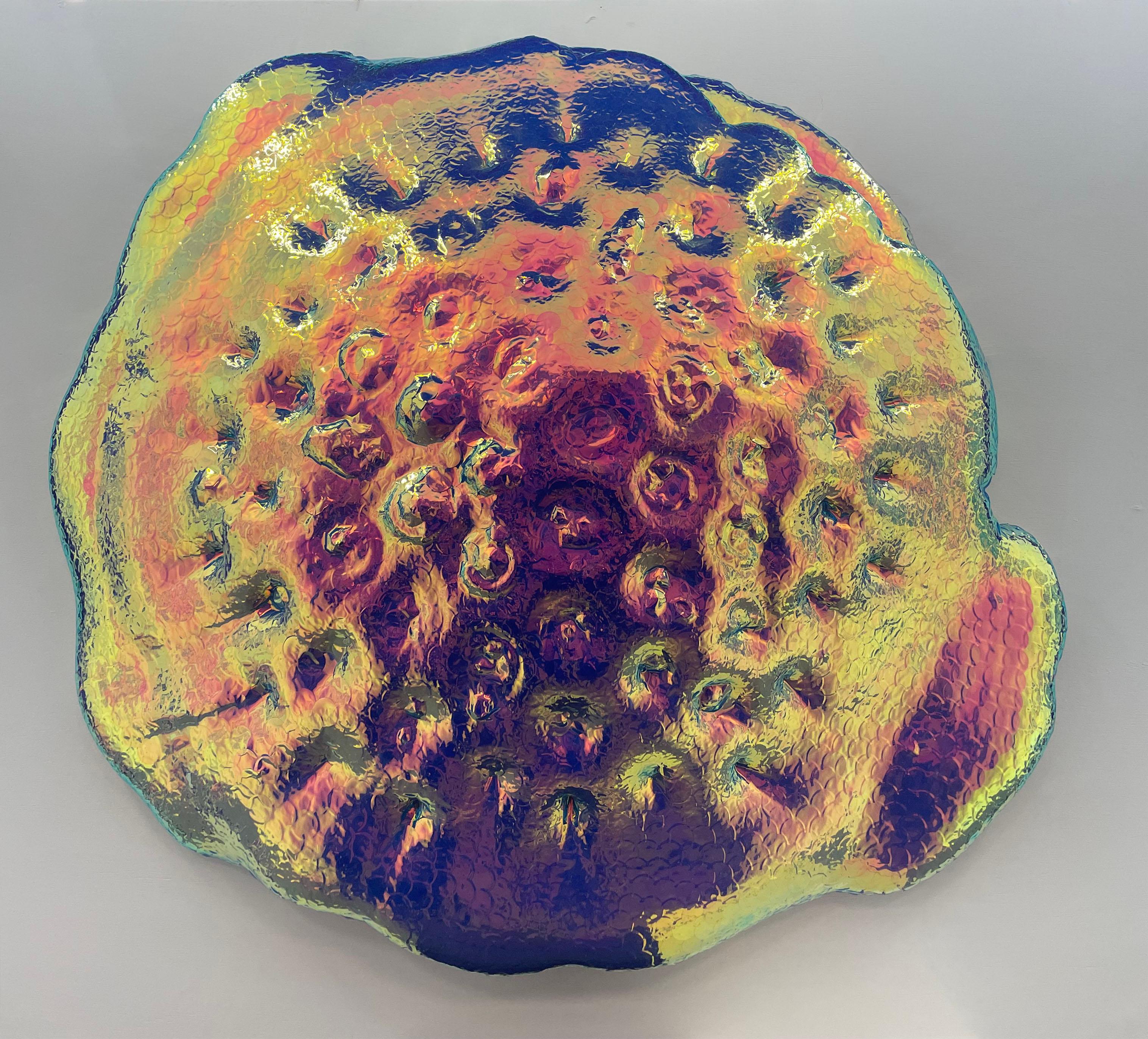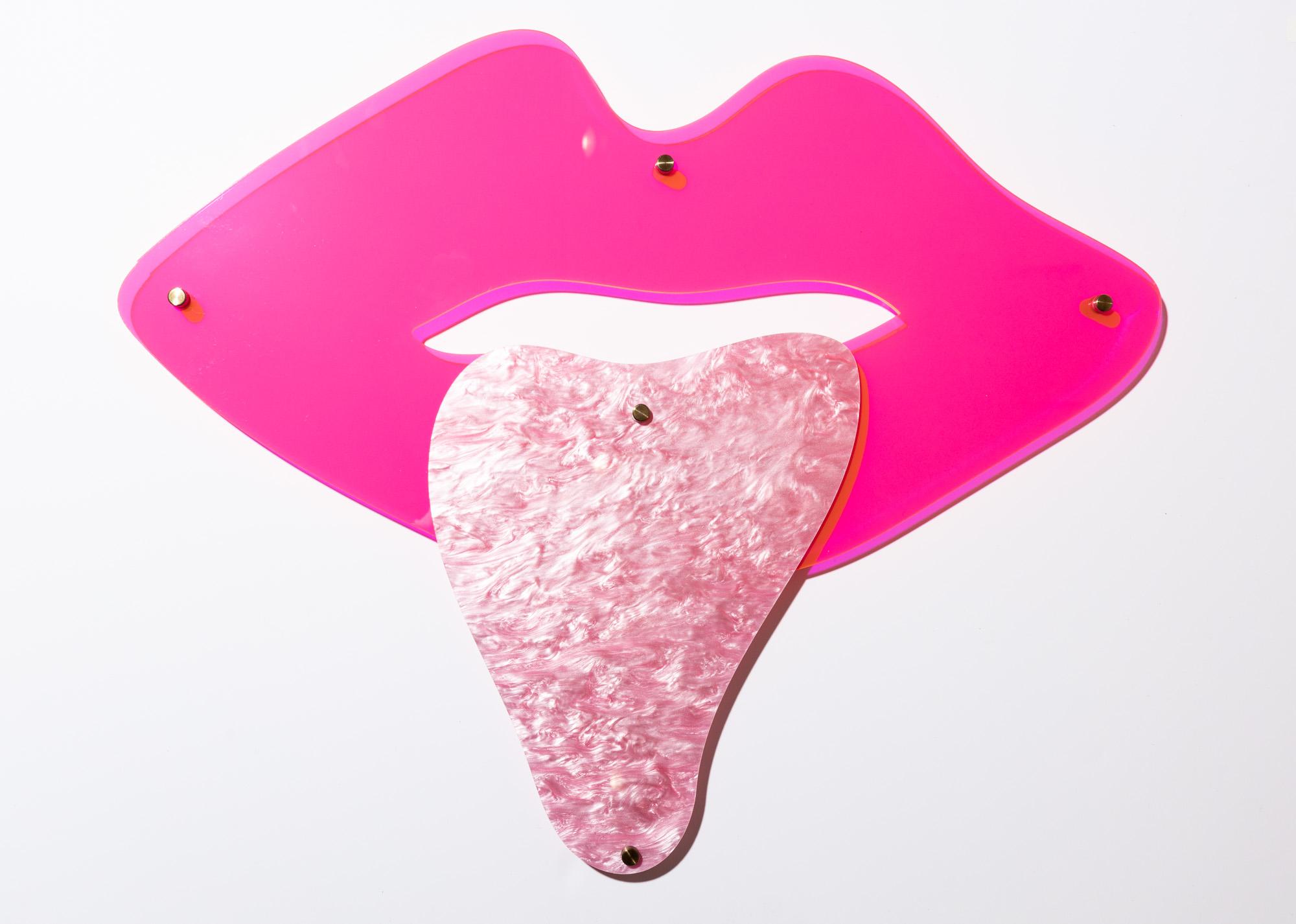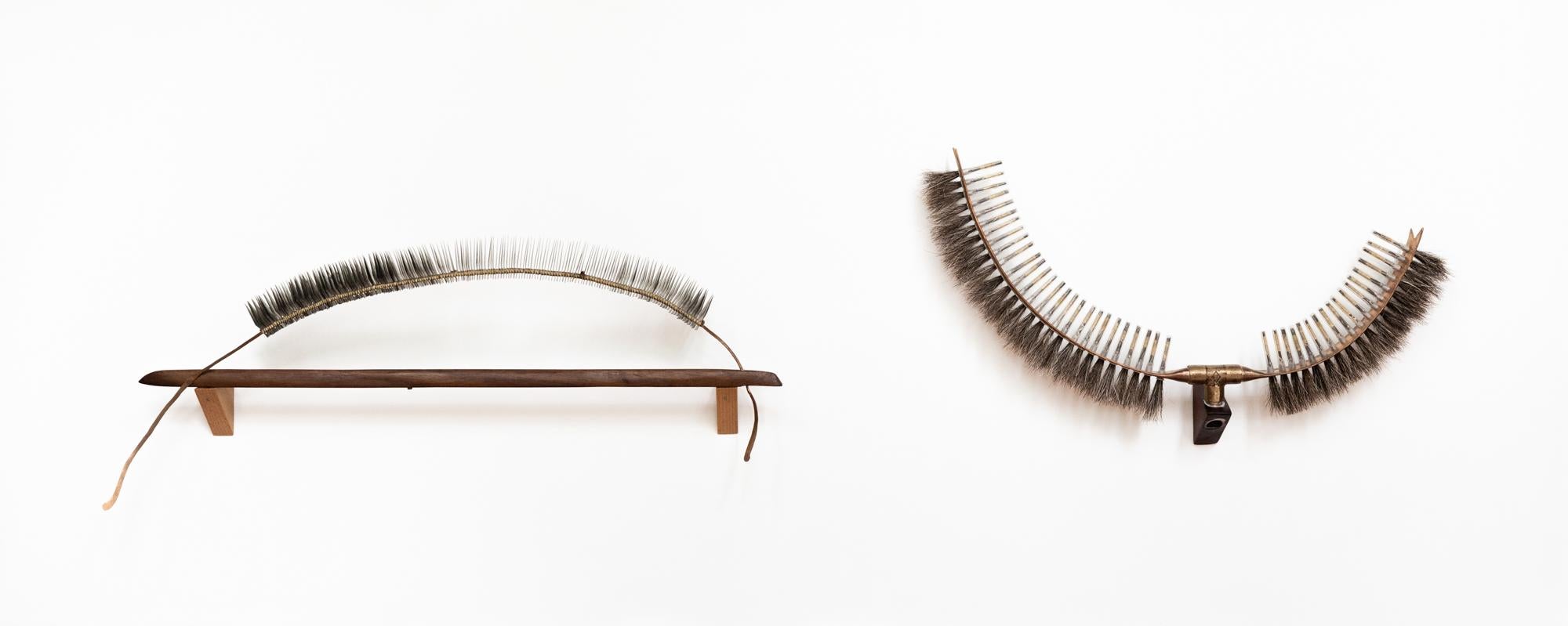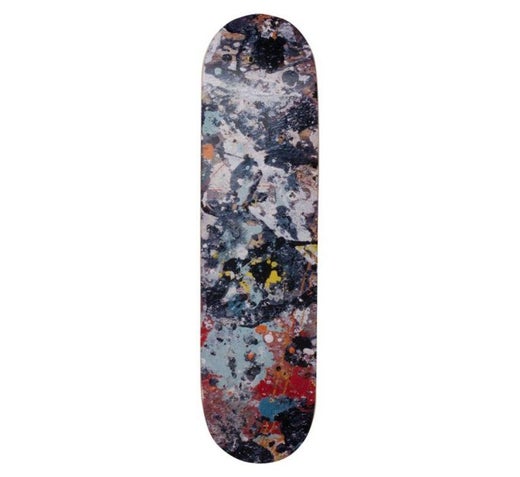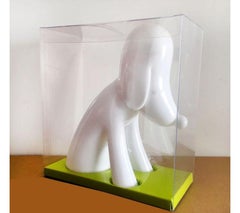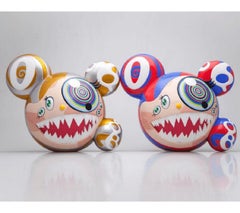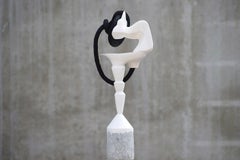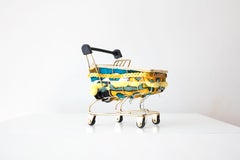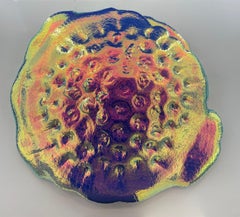Jackson Pollock400% Bearbrick2018
2018
About the Item
- Creator:Jackson Pollock (1912 - 1956, American)
- Creation Year:2018
- Dimensions:Height: 11 in (27.94 cm)Width: 5 in (12.7 cm)Depth: 4 in (10.16 cm)
- Medium:
- Movement & Style:
- Period:
- Condition:
- Gallery Location:Washington , DC, DC
- Reference Number:1stDibs: LU171329897512
Jackson Pollock
More than just a painter, Jackson Pollock is an American cultural icon. Widely known for his “drip painting” technique, Pollock stood at the forefront of Abstract Expressionism, to the point that his name has become nearly synonymous with the movement. He was deeply respected by his contemporaries, and Pollock’s paintings, prints and other art — as well as his commitment to the work — influenced artists around the world.
With chaotic elegance, lines hypnotically dance and weave across Pollock’s canvases. He believed his art should come from the unconscious and be a representation of one’s truest self. He extended this expectation to other artists, judging them on the authenticity of their expression above their technical expertise, while disdaining work he considered contrived or disingenuous.
The artist was born Paul Jackson Pollock in Cody, Wyoming, in 1912. His family relocated to California before he was a year old. Over the next 16 years, Pollock and his family moved nine times between California and Arizona.
In 1928, they moved to Los Angeles, where he met Frederick John de St. Vrain Schwankovsky, a painter, illustrator and member of the Theosophical Society, a group dedicated to occult and metaphysical spirituality. Schwankovsky was Pollock’s earliest artistic influence, introducing him to European modern art and encouraging him on his spiritual journey.
In 1930, Pollock joined his brother Charles in New York City. He dropped his first name, now going only by Jackson, and enrolled in the Art Students League of New York, studying under American painter Thomas Hart Benton. He left the League in 1933 and found work two years later, employed by the WPA Federal Art Project as an easel painter. This opportunity enabled him to practice his art while also enjoying financial security.
Throughout much of his life, Pollock battled alcohol addiction and struggled with mental illness. In 1937, he began alcoholism treatment and was institutionalized for four months after a breakdown in 1938.
In 1943, the WPA contract ended. Pollock immediately began to work with Peggy Guggenheim at her New York gallery and had his first solo show that year at the storied heiress-turned-art-patron’s space. Two years later, he married the celebrated painter Lee Krasner, an artist who played a pivotal role in Abstract Expressionism, although her exceptional contributions to it were largely overshadowed by those of her male contemporaries, such as Pollock. Krasner provided him with much-needed stability, and together, they moved to South Hampton, Long Island.
Throughout the late 1940s and early 1950s, Pollock had periodic solo shows, hosted by Guggenheim’s gallery until 1947. From there, Betty Parsons Gallery handled his exhibitions until 1952, when Sidney Janis Gallery took over hosting them for the remainder of Pollock’s life. In 1948, Pollock painted Number 17A, an oil-on-fiberboard work he created using his signature drip technique. It is one of the most expensive paintings in the world.
Pollock died in 1956 in an alcohol-related car accident. Shortly after his death, the Museum of Modern Art in New York held a retrospective in his honor.
Although many critics derided Pollock’s work while he was alive, focusing on his method rather than the vision of his work, others revered his style, his methods and his artistic honesty. Today, collectors consider Jackson Pollock one of history’s artistic greats.
Find original Jackson Pollock abstract prints, drawings and sculptures on 1stDibs.
- ShippingRetrieving quote...Shipping from: Washington , DC, DC
- Return Policy
More From This Seller
View All21st Century and Contemporary Contemporary Sculptures
Plastic
21st Century and Contemporary Contemporary Sculptures
Plastic
21st Century and Contemporary Contemporary Sculptures
PVC, Paint
21st Century and Contemporary Contemporary Sculptures
Plastic
21st Century and Contemporary Contemporary Sculptures
Plastic
21st Century and Contemporary Contemporary More Art
Plastic
You May Also Like
2010s Contemporary Abstract Sculptures
Concrete
2010s Contemporary Abstract Sculptures
Metal
2010s Contemporary Mixed Media
Metal
2010s Contemporary Mixed Media
Resin, Foam, Mixed Media, Acrylic, Vinyl, Polyurethane
21st Century and Contemporary Contemporary Abstract Sculptures
Mixed Media, Lucite, Pigment
21st Century and Contemporary Contemporary Still-life Sculptures
Brass, Copper, Steel
